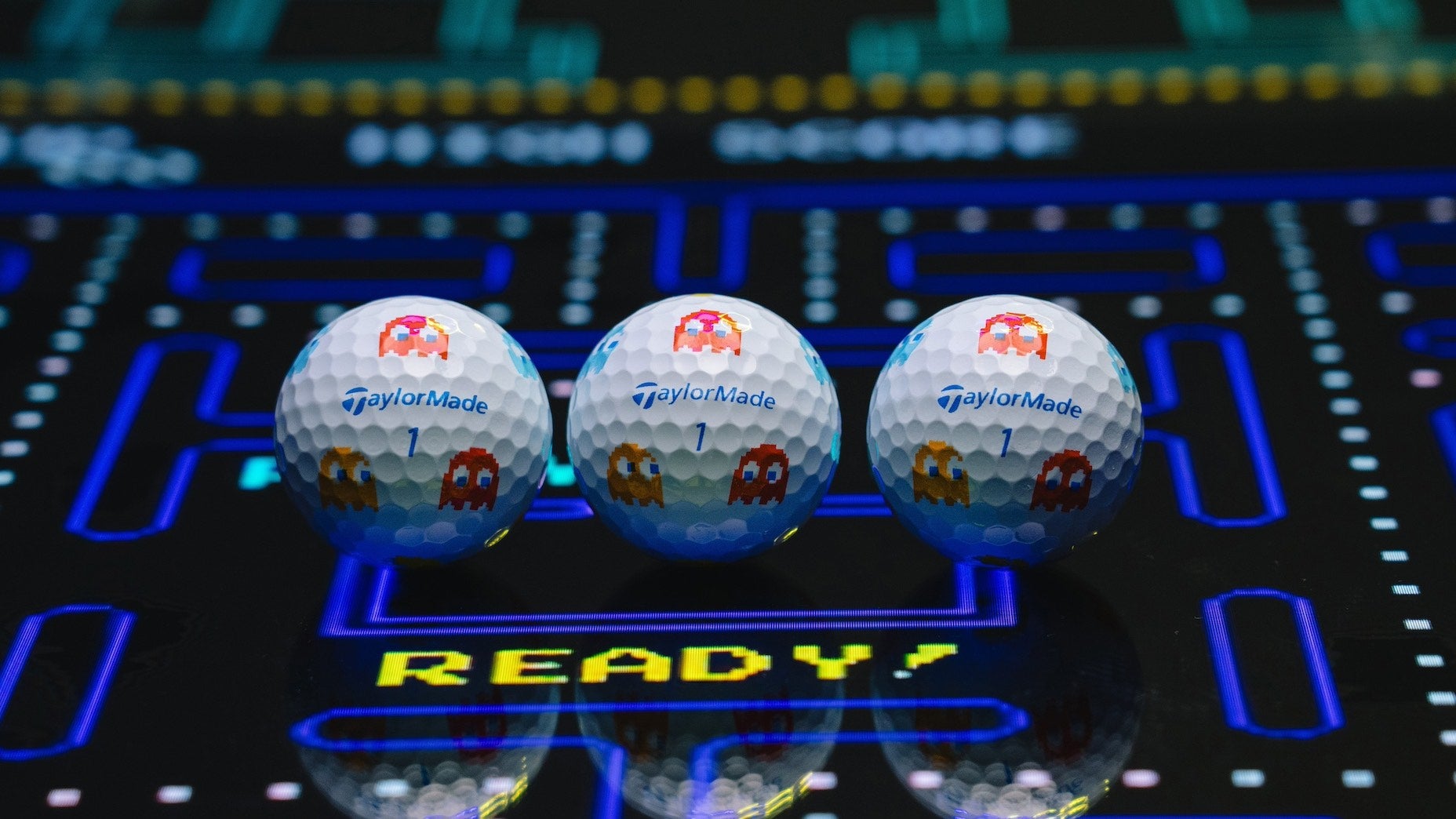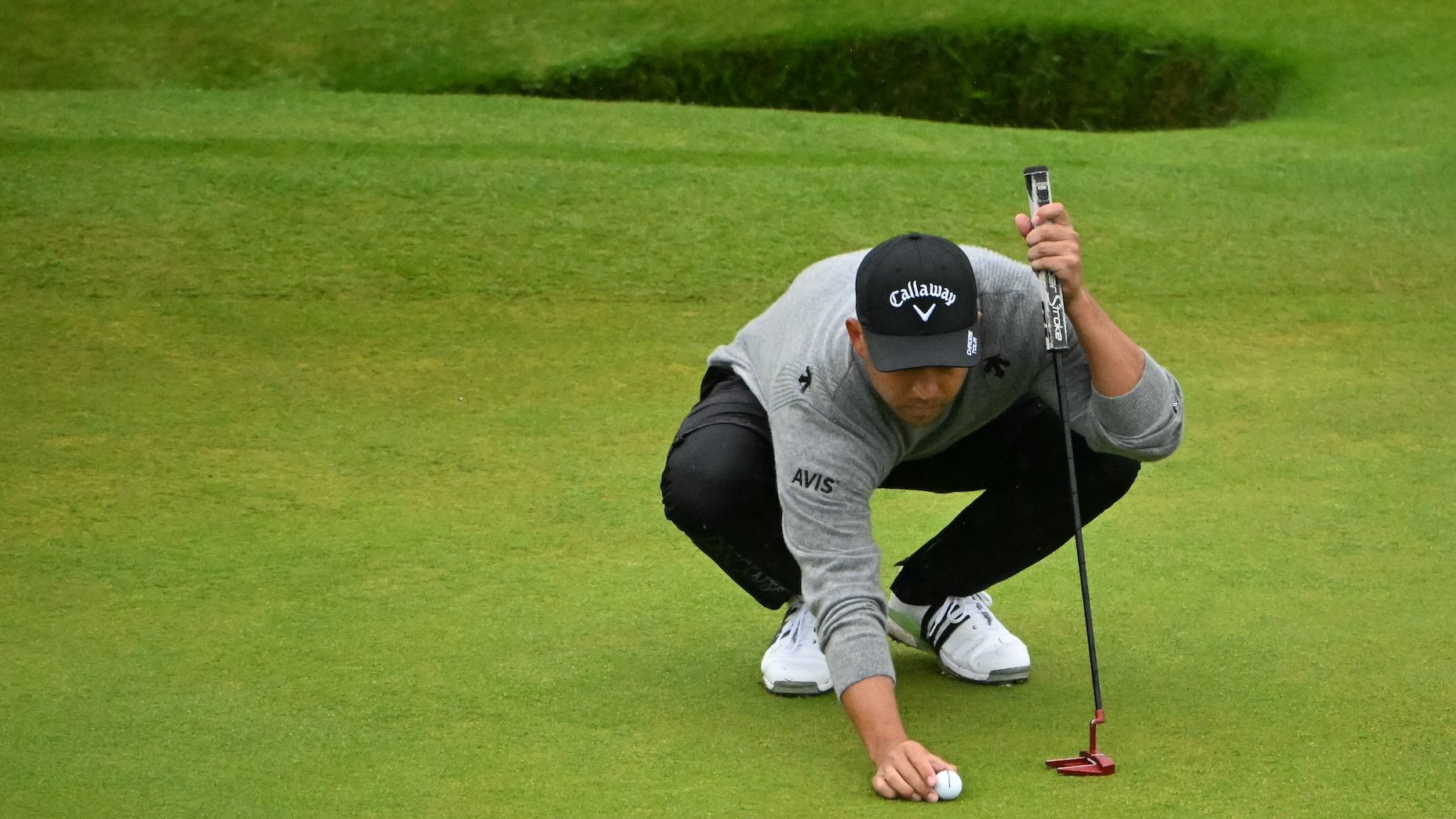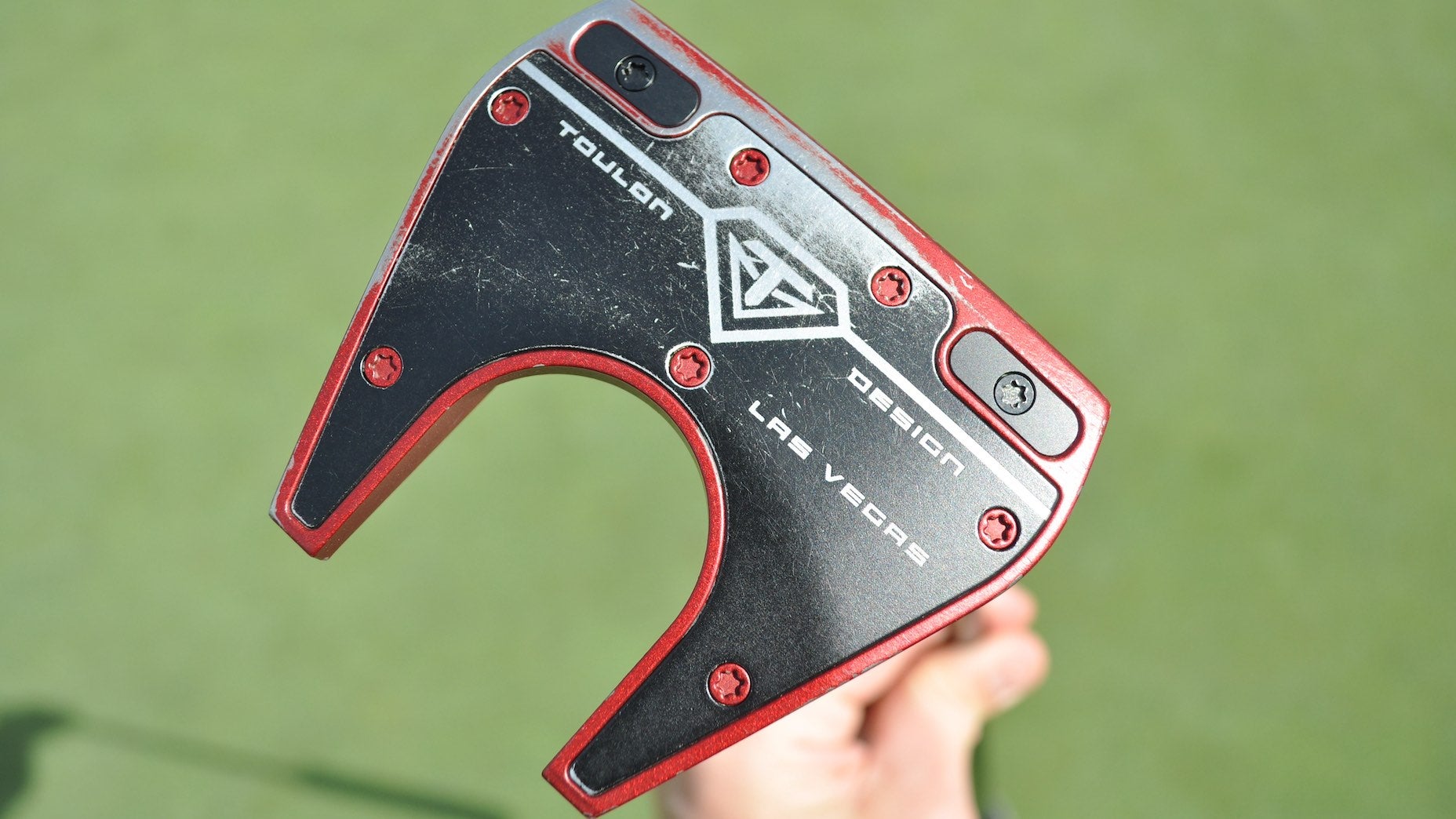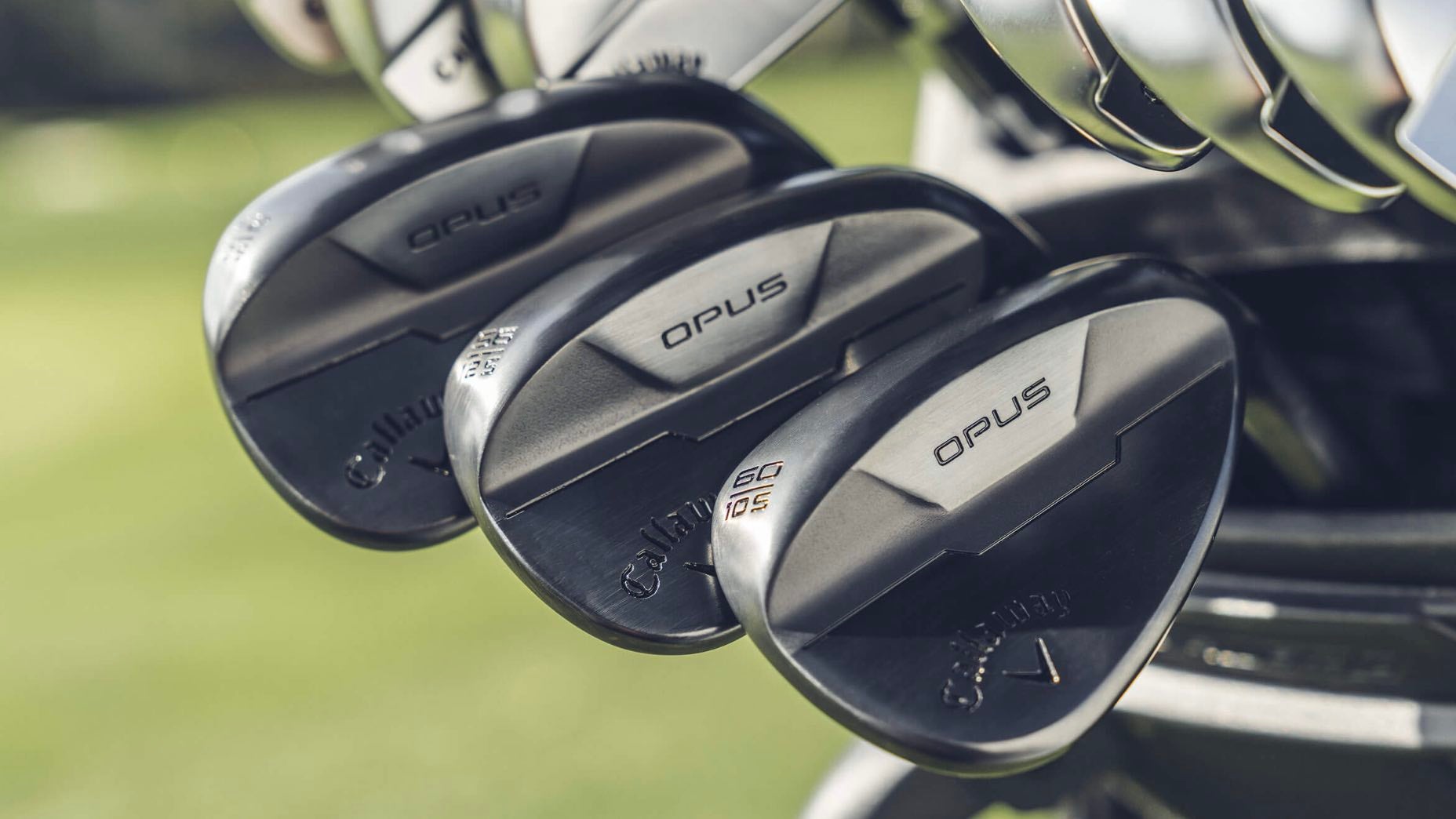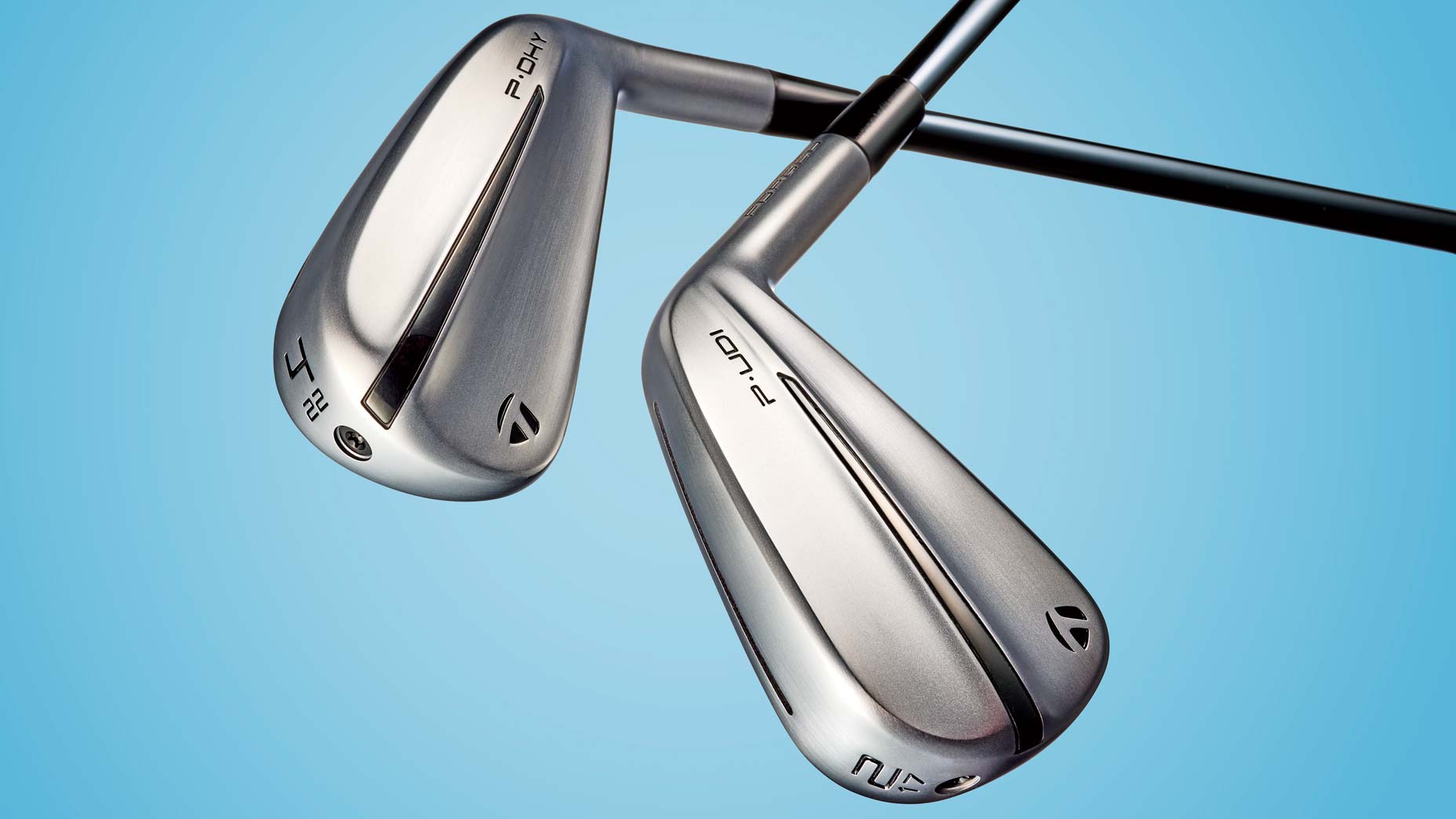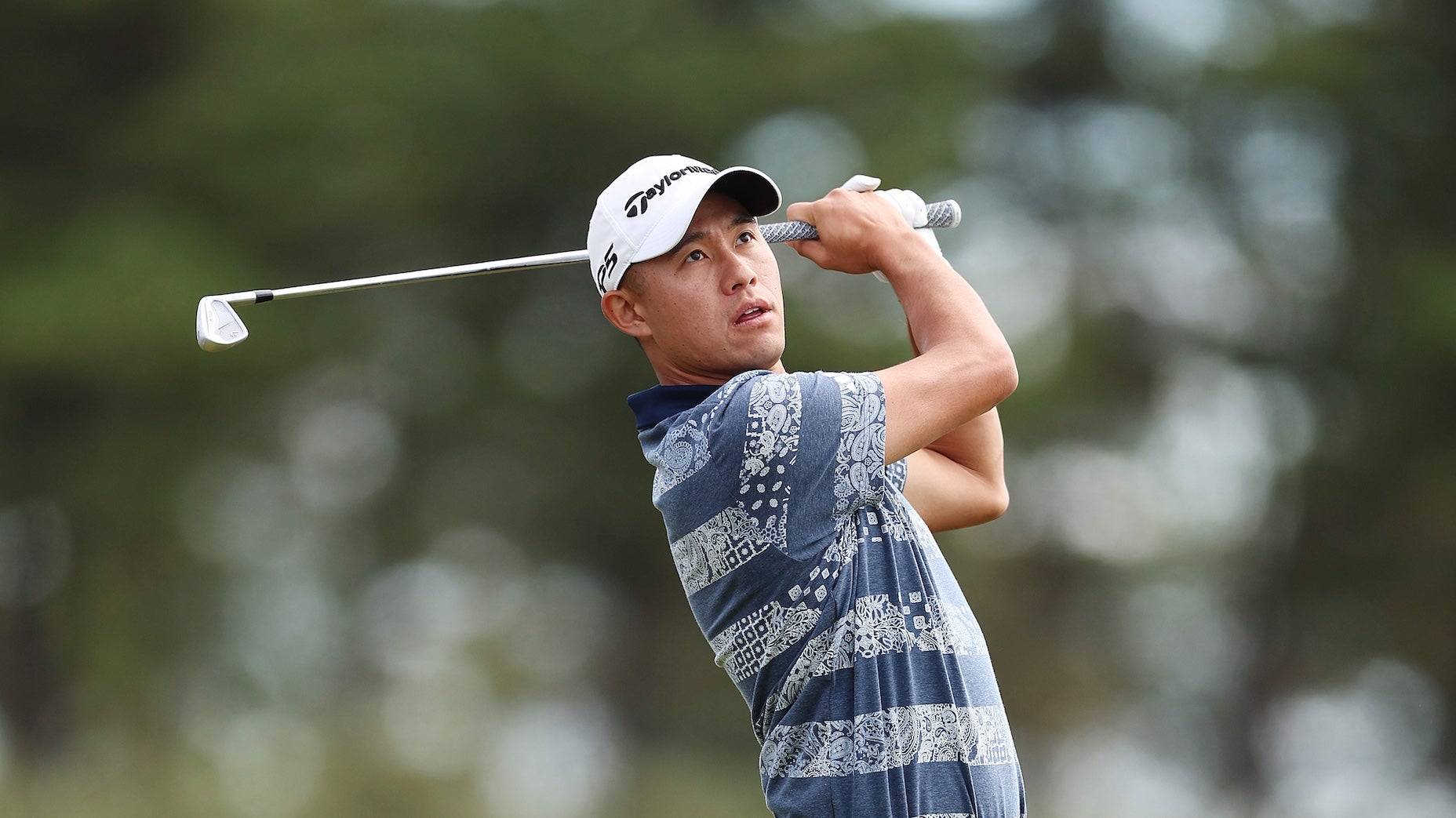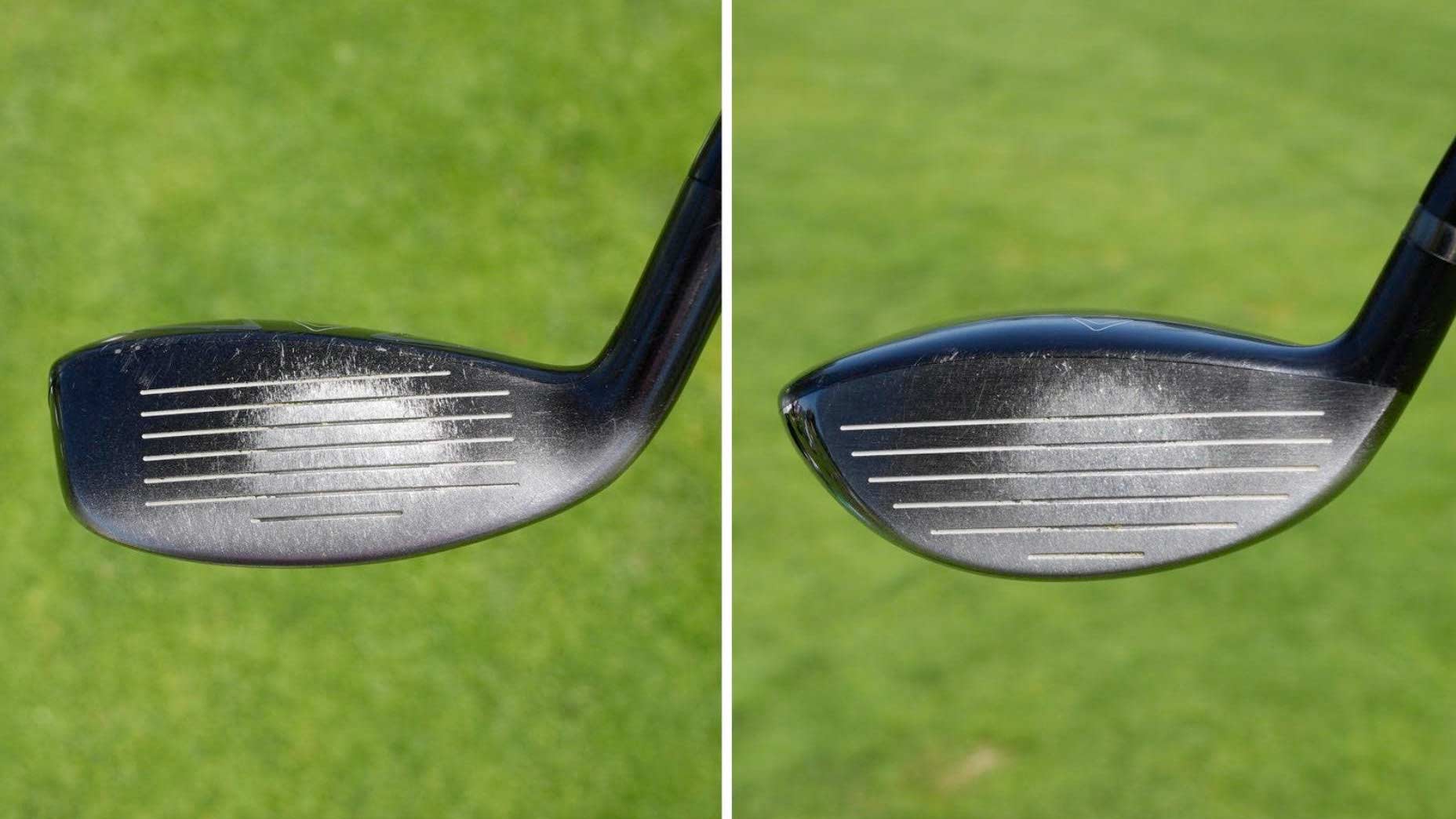What equipment manufacturers are saying about the golf-ball rollback
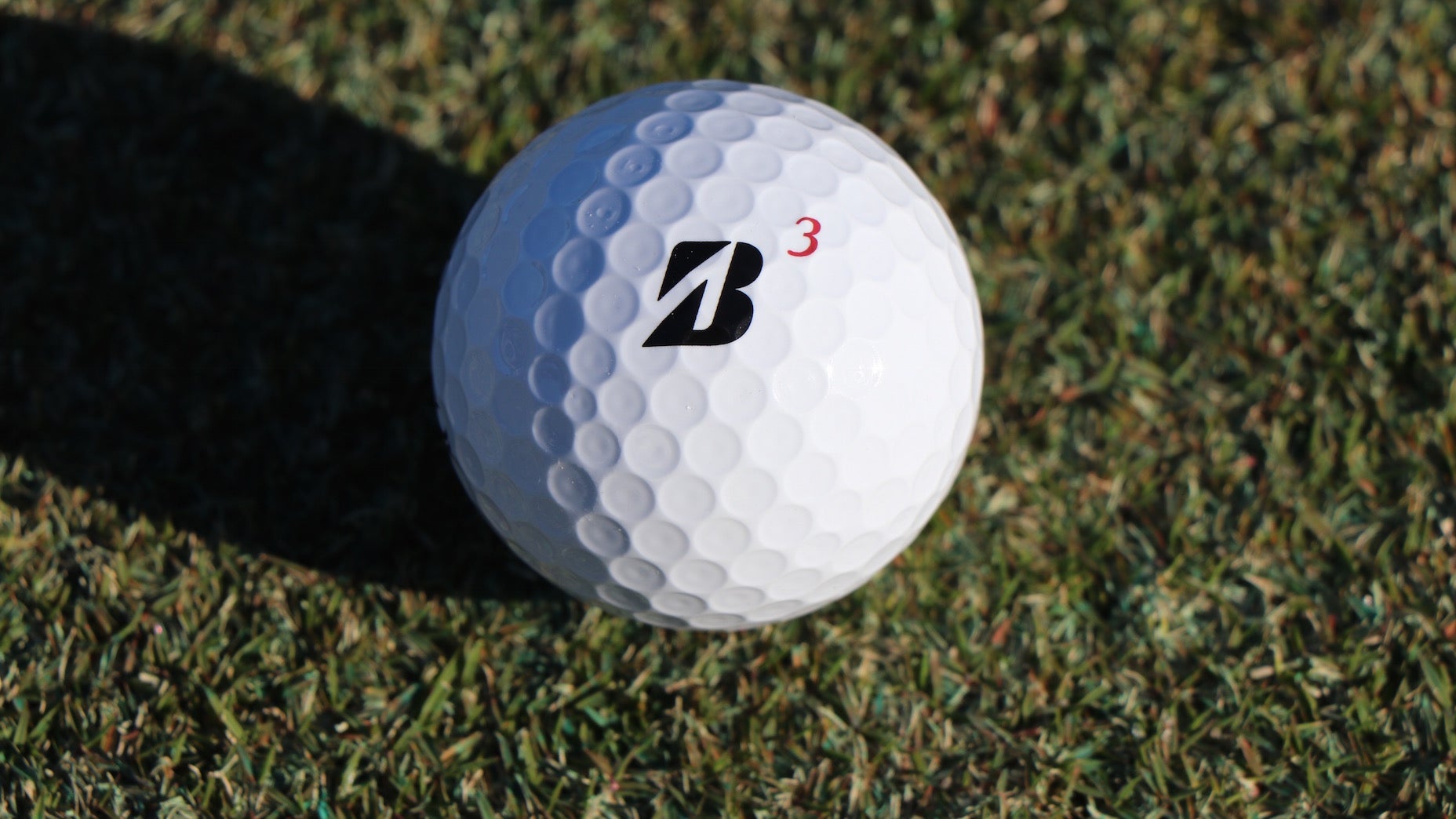
Bridgestone president and CEO Dan Murphy said he has "total confidence in our ability to design and manufacture the world’s best golf balls, regardless of the parameters."
Jonathan Wall/GOLF
The latest golf-ball rollback announced by the USGA and R&A needs one willing player to go along with the proposed testing condition changes to ensure a smooth transition — equipment manufacturers. Thomas Pagel, the USGA’s Chief Governance Officer, confirmed to GOLF.com that the governing bodies and equipment manufacturers were heavily engaged during the comment period, even if the sides haven’t seen eye to eye on a suitable path forward.
“Everybody looks for this divisive nature and they assume that the manufacturers and the governing bodies don’t have strong relationships, aren’t talking, aren’t conversing,” Pagel said. “It simply isn’t the case whether it be at the highest level leadership as we’ve gone through this process or, frankly, John [Spitzer] and his team, who work with the manufacturers on a weekly if not daily basis around current product, but also what the future might look like.”
When the USGA and R&A formally announced a proposal in March to roll back the golf ball with a Model Local Rule (MLR), several manufacturers sounded off, including Titleist, who called the proposal for golf ball bifurcation “a solution in search of a problem.”
With the ball rollback now including golfers at every level, the manufacturers once again offered their take on including recreational players. For the most part, the response was mixed from Bridgestone, Callaway and TaylorMade.
All lamented including recreational golfers in the rollback, but only Topgolf Callaway president and CEO Chip Brewer went so far as to say they “would not have chosen to roll the ball back and we would have preferred bifurcation over a change across the board.”
As for Titleist, the most vocal manufacturer during the March proposal has yet to release a statement on the proposed rollback [UPDATE: Acushnet, Titleist’s parent company, weighed in on the rollback Wednesday evening; that statement is below.) Cleveland/Srixon declined to offer a statement. (This story will be updated as additional statements are made available.)
Acushnet, Titleist’s parent company (David Maher, CEO): At a time when interest in golf is vibrant (2023 will mark the 6th consecutive year in which the number of golfers has grown), golf courses are broadly adding forward tees, back tees are used for less than 5% of rounds, and the average carry distances for female and male golfers are 147 yards and 215 yards, respectively, it is appropriate and necessary that the merits of any proposed equipment rollback are thoroughly evaluated in pursuit of a high degree of consensus and support around meaningful change.
As we consider today’s R&A and USGA announcement against recent feedback provided by the World Alliance of PGA’s and the PGA Tour, we are also concerned that the golf ball rollback overly impacts golfers and does not fully reflect the input of those closest to the game. There have been requests to align on what data is used and how it is used to draw conclusions prior to any equipment changes being made. Many important stakeholders do not see distance as a problem the way the governing bodies do, and therefore come to differing conclusions about how to proceed to ensure the best possible outcome for the sport.
We support the position of the PGA Tour and others that there are many areas of focus at the elite level, including initiatives related to golf course setup and conditioning, and other competitive variables which, if desired, can limit the effects of distance while also providing the opportunity for a diverse skill set to succeed at the highest level.
It is also Acushnet’s position that existing golf ball regulations are effective and stand the test of time. Golf balls are already tightly controlled for initial velocity, overall distance, size, weight, and uniformity. As a result of existing initial velocity and overall distance regulation, ball speeds have been moderated as was the intent of the rule.
We note that the mean of the fastest 1% of measured clubhead speeds on the PGA Tour was flat from 2019-2021 and declined in 2022 and 2023. The mean of the fastest 5%, 10%, 20% and 50% of measured clubhead speeds has been flat since 2017. We consider that the average course playing length on the 2023 PGA Tour is less than 7,200 yards, just as it has been every year since 2004. We also note that U.S. golf courses built during the period 2010-2020 averaged 6,652 yards – 274 yards shorter than those built between 1990-2010, which is at odds with the notion that equipment has forced courses to expand.
Not all sports have endured from generation to generation the way golf has endured, and the governing bodies deserve credit for having effectively balanced the forces of tradition and technology. This has helped to preserve golf’s unified appeal and values while encouraging innovation that has helped to make the sport more relevant and enjoyable.
We believe that further collaboration and cooperation with the R&A, USGA and other stakeholders is critical prior to moving forward with such a significant equipment regulation change. We continue to advocate for stakeholders to convene to have a meaningful examination of this decision and its consequences, and to discuss alternatives as we look to protect golfers’ enjoyment of the game and the health of golf courses around the world to ensure golf’s promising future.
Bridgestone Golf (Dan Murphy, president and CEO): We are aware of and understand the passionate responses on both sides regarding the USGA announcement on the distance roll back of golf balls. While we would prefer that any new rules did not impact recreational players, we believe further commentary is no longer productive. At this point, we need to concentrate on creating conforming products that allow both professionals and amateurs to play their best golf.
Bridgestone Golf has total confidence in our ability to design and manufacture the world’s best golf balls, regardless of the parameters, and our team of over 700 polymer engineers will develop models that provide optimal performance under the new rules for the full range of players. Bridgestone has always been dedicated to innovation, and we are constantly working to develop new technologies that benefit consumers. Leveraging the wealth of ball fitting data we have accumulated over the years gives us a significant advantage over competitors, and we will rely on our extensive collection of patents as well as our top-notch R&D team – including input from Tiger Woods – to ensure we continue to produce the best golf balls in the world.
TaylorMade Golf (David Abeles, CEO): As a brand that prioritizes improving product performance for golfers of all skill levels, the decision to proceed with the golf ball rollback is disappointing. While appreciative of the opportunity to have a seat at the table and a voice in the debate, we feel like the rollback is simply disconnected from what golfers believe is best for the game.
Throughout the decision-making process, the USGA provided a platform to express our views, provide new data sources, and engage in candid discussions. In the spirit of collaboration, we acknowledge and respect the rules that form an integral part of our game’s fabric, even when we disagree with them. Looking ahead, as the new golf ball standards come into effect in 2028 for professional golfers and 2030 for amateurs, we assure everyone, at every level of our game, that we will be well-prepared to navigate these changes.
Our commitment to innovation remains unwavering. As with every product we make, we will work tirelessly to find alternative pathways to make them better and we will continually push the performance boundaries within the parameters set by the rules.
Topgolf Callaway (Chip Brewer, president and CEO): Topgolf Callaway Brands respects the perspectives of the governing bodies and knows they are acting in what they believe is in the best interest of the game. However, when viewing the same data, we have consistently communicated that we would not have chosen to roll the ball back and we would have preferred bifurcation over a change across the board.
Having said that, we would like to thank and compliment the USGA and R&A for their approach and process in making this decision. Throughout this process, we believe they have been open and thorough in their analysis. They took the time to actively seek input from multiple stakeholders, including us, on multiple occasions and levels. They clearly listened and were thoughtful in their responses; and, when they deemed it appropriate, they modified their approach in ways that benefitted both the game and the industry that supports it. Along these lines, we appreciate the lead time the ruling bodies have provided to conform to the new rule. This will give us time to redesign and implement new products successfully. They also modified the testing protocols to avoid unnecessary testing ambiguity. Perhaps most importantly, they sought to minimize the impact on the end consumer by providing an adequate grace period for the transition in recreational golf. Certainly, all leading ball manufacturers, including Callaway Golf, will bear some added expense associated with redesign and tooling; however, there also likely will be new opportunities to differentiate which we look forward to.
Undoubtedly, there will be a lot of further conversation around this subject; particularly regarding whether this decision is good for the game and if all parties associated with the game will adopt the new regulations. In the end, we believe the game will be best served by us all aligning behind a common set of rules and standards. Therefore, while we will always participate actively in the debate; when a final decision is made, we will align behind it. The game at large has never been stronger, and we look forward to being a major part of growing both on and off course golf moving forward.



